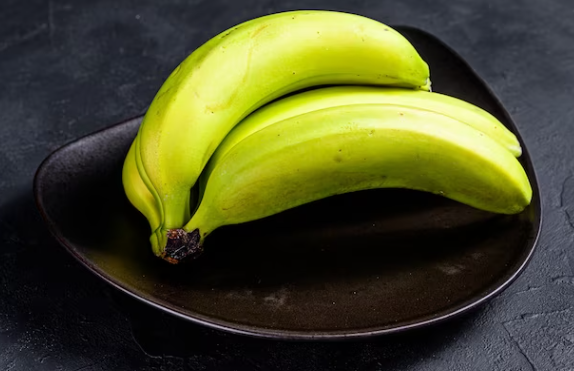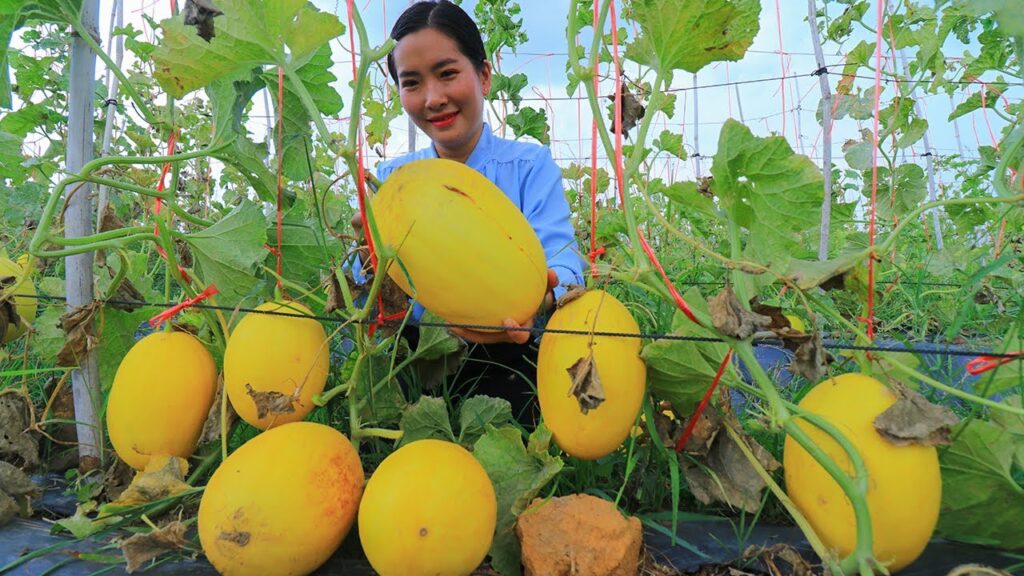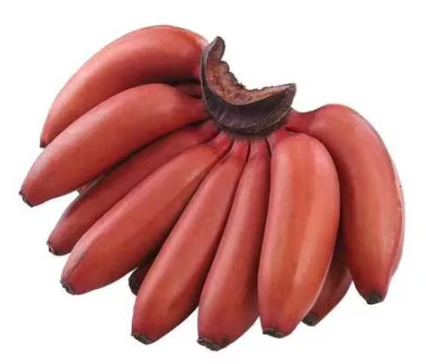Have you ever been annoyed because your bananas haven’t turned yellow even after waiting for over two weeks? You got them when they were super green, hoping they’d become sweet, soft, and ready to eat after some time. But days go by and they’re still just as green as before and nowhere near ready to eat.
Wondering why this happens? Well, this article will explain why bananas sometimes stay green for a long time and what you can do to help them ripen faster. If you try some easy tricks, you’ll get to enjoy yummy, ripe bananas soon!
Table of Contents
- 1. Buying Bananas That Aren’t Ripe Yet
- 2. Not Storing Them Right
- 3. Buying Bananas That Are Treated to Ripen Slowly
- 4. Different Types of Bananas Ripen at Different Speeds
- 5. Bananas Picked Too Early
- 6. Not Helping the Bananas Ripen
- How to Make Green Bananas Ripen Faster
- 1. Put Bananas in a Warm Place
- 2. Make the Area More Humid for Your Bananas
- 3. Put Bananas in a Paper Bag
- 4. Try Using a Banana Ripening Device
- 5. Pick a Faster Ripening Banana Next Time
- 6. Choose Bananas That Are Already a Bit Ripe When You Buy Them
- 7. Ripen at Room Temperature
- 8. Be Patient!
- Signs Your Green Bananas Are Finally Ripening
- 1. Yellow Spots and Patches on the Skin
- 2. They Start to Smell Sweeter
- 3. The Skin Gets Easier to Peel and the Banana Feels Softer
- 4. Bananas Get Darker After They’re Ripe
- 4. How to Track the Ripening of Your Bananas
- Wrapping Up
1. Buying Bananas That Aren’t Ripe Yet
Sometimes the reason why your bananas are still green is simple – they were not ripe when you bought them.
Some people like their bananas a bit firm and buy the greenest ones they can find, especially if they’re going to use them later for baking or making smoothies. These bananas need time to ripen after you bring them home. If they’re really green, it’ll take longer, maybe even weeks.
Other people might not do it on purpose. You see nice bananas in the store and pick them up, but they turn out to be greener than you thought once you get home. The color isn’t always a sure sign of how ripe they are – it’s better to give them a gentle squeeze to check.
No matter how you ended up with them, very green bananas will take time and the right conditions to ripen. They have to change from starchy to sweet, their green color has to fade, and their peels have to turn yellow. This won’t happen overnight, especially with bananas that are not ripe at all when you buy them.
2. Not Storing Them Right
Bananas come from warm places and they need warmth to ripen properly. If you put your green bananas in a cool or cold place, it’ll take them a really long time to ripen, if ever.
The best temperature for bananas to ripen is between 64-77°F. If it’s colder than that, like in your fridge or a chilly part of your house, it’ll slow down the ripening. Also, if the air in your home is too dry or too damp, it’s not good for the bananas. Dry air makes the peels tough and damp air can make them rot.
If you want your bananas to turn from green to yellow like they’re supposed to, keep them in a place that’s warm with just the right amount of humidity. If the conditions aren’t good, the bananas just won’t ripen well.
3. Buying Bananas That Are Treated to Ripen Slowly
Some companies that grow and ship bananas treat them with a gas called ethylene to slow down ripening. This makes the bananas last longer in stores.
Using ethylene gas actually makes bananas ripen, but if they get exposed to it too early, they won’t react to the natural gas they make themselves anymore. That means when you have them at home expecting them to ripen, they might not because they got too much gas before.
It can be really hard to tell if the bananas you bought were treated like this because stores usually don’t say. But if you have bananas that stay green for ages, it could be because of this treatment.
These treated bananas just need more time than usual before they’ll finally start to ripen – sometimes up to two weeks or more.
4. Different Types of Bananas Ripen at Different Speeds
Not all bananas are the same. Some types naturally take a longer time to change from green to yellow. This is why some bananas might seem to take forever to ripen.
The Cavendish banana is the type you see most often, but there are lots of other kinds, like Plantains, Manzano, and Lady Fingers. These might have thicker skins or firmer flesh and ripen slowly, taking weeks.
If you usually get Cavendish but decided to try something different, this might be why your bananas are still green past the time you’d expect. You can ask someone at the store or check the label next time if you want ones that ripen faster.
5. Bananas Picked Too Early
Bananas are interesting because they have to be picked when they’re not ripe yet. They only start to ripen after they’ve been taken off the tree. Growers try to pick them at just the right time, but that’s not easy to do.
If bananas are picked too early, when they’re very green, it will be hard for them to ripen and they might need weeks before they’re ready to eat. It’s hard for you to know if the bananas you bought were picked like this, but if they feel really firm, they might have been taken too early. These bananas need patience and time to ripen up.
6. Not Helping the Bananas Ripen
You can’t just leave green bananas alone and hope they ripen. You need to do something to get them started. Remember that gas called ethylene? It’s what makes bananas ripen and change color.
You can use a special banana ripening bag, or even just a paper bag, to trap the ethylene gas around the bananas and help them ripen faster.
If you don’t do anything to help your green bananas ripen, they might just stay green and never get sweet and yellow. Make sure you take some action to help them along.
If your green bananas have been sitting around for a long time without changing, they definitely need an extra push from some ethylene to help them along.
How to Make Green Bananas Ripen Faster
Now you know why your bananas might still be green after two or more weeks, and although it’s a pain, it’s not hopeless. There are ways you can make slow-ripening bananas get yellow quicker so that you can enjoy them.
Here are some tips to turn your green bananas yellow more quickly:
1. Put Bananas in a Warm Place
As mentioned before, cool temperatures stop bananas from ripening. If your home is too cool, the bananas might not ripen at all.
Finding a warmer spot for your bananas can make a big difference. Try to put them in a place where it’s warmer, around 75-85°F if you can. Near appliances that give off heat like an oven or dishwasher might be a good spot.
To help bananas ripen, you can cover them with a towel or blanket to keep them warm. But be careful to check on them and take off the covering once the bananas begin to ripen because keeping them too warm can make them ripen really fast. The goal is to gently warm them to start the ripening, not speed it up too much.
2. Make the Area More Humid for Your Bananas
Bananas need a bit of moisture in the air to ripen nicely. If the air is too dry, it can slow things down. You can place bananas in a bag with some holes to keep some moisture in while still letting air move around. Another idea is to put a wet towel over them.
When the bananas start to turn yellow, you should take away the extra humidity so the peels don’t become too soggy. The right balance of warmth and moisture is key to getting bananas to ripen just right.
3. Put Bananas in a Paper Bag
A paper bag acts like a mini ripening chamber. The bananas let out a gas called ethylene that helps them ripen, and the bag keeps this gas close to the bananas. This helps them start to ripen and change color.
Put the green bananas in a bag, and if you want, you can add another fruit like an apple or a ripe banana to raise the amount of ethylene. Just fold the top of the bag over, don’t seal it completely.
Make sure to check on them every day and take them out once they’re ripe enough for you. Be careful not to expose them to the ethylene for too long, or they’ll ripen before you know it.
4. Try Using a Banana Ripening Device
If you can find one, a special banana ripening gadget can help green bananas ripen by giving off just the right amount of ethylene gas.
This device can make the bananas turn yellow in a controlled amount of time, just a few days. It takes away the guessing and is a really simple way to ripen stubborn bananas.
5. Pick a Faster Ripening Banana Next Time
If you think the kind of bananas you got is the reason they’re not ripening fast, you might want to try a different kind next time you shop. Cavendish and Apple bananas are known to ripen the fastest, usually in about four days if you leave them on the counter.
If you don’t want to wait long for your bananas to ripen, avoid ones like Plantains and Manzanos that take longer. Stick with types that ripen quickly.
6. Choose Bananas That Are Already a Bit Ripe When You Buy Them
Bananas start ripening on the tree, so if they’re picked when they’re too green, they might not ripen well later. Look for bunches that have a bit of yellow instead of ones that are very green and hard.
Stay away from bananas that have split skins, bruises, or mold. The ones that are ripening nicely usually have a slight flower-like smell, while the underripe ones don’t smell at all.
7. Ripen at Room Temperature
As soon as you get your bananas home, just leave them out on the counter. The normal room temperature will help them ripen. Don’t put them in the fridge or somewhere cold, because that stops the ripening. A good temperature is between 65-75°F (18-24°C).
If your house is not warm enough, you can make your own little ripening space using things like a cooler or an insulated bag. You could even put a heating pad or a small light bulb inside to give a little bit of warmth and encourage the bananas to ripen.
8. Be Patient!
Even with all these tips to make green bananas ripen faster, sometimes you just have to wait. Bananas have their own ripening schedule. It’s best not to poke at them or check on them too often.
Give the bananas a few days to themselves until they get soft and smell nice. Even if you use tricks like ethylene gas and a bit of heat, ripening still takes some time. Let nature do its work, and you’ll have yummy bananas ready to eat before you know it.
Signs Your Green Bananas Are Finally Ripening
It can seem to take forever for bananas to ripen, but if you’re patient, you’ll start to notice some signs that it’s happening. Here’s what to watch for:
1. Yellow Spots and Patches on the Skin
The most common sign of a banana ripening is when it starts turning yellow. The green color, which comes from a substance called chlorophyll in the skin, begins to go away as the starch inside the banana turns into sugar.
Yellowing usually starts at the bottom of the banana. Seeing spots or patches changing color means the ripening is beginning. Once this starts, the banana will turn completely yellow in about one or two days.
2. They Start to Smell Sweeter
When bananas are green and not ripe, they don’t really smell like anything. As they ripen, they let out ethylene gas. This special gas is what helps ripen the banana and gives it its tasty smell.
If you notice a sweet, flower-like scent, that means the bananas are ripening. Put a few together to help build up the ethylene and the smell.
3. The Skin Gets Easier to Peel and the Banana Feels Softer
If you try to squish a green banana, it doesn’t budge, but as it ripens, the skin becomes less tight and easier to peel.
The firm and almost crunchy inside starts breaking down, making the banana go from hard to soft and creamy.
4. Bananas Get Darker After They’re Ripe
When bananas reach their prime, their peels turn a nice even yellow with maybe a few little brown spots. More spots and darker areas mean the banana is really ripe and getting mushy.
If you see a bunch of spots, it means it’s at its sweetest, but you should also eat it as soon as you can to keep it from going bad.
4. How to Track the Ripening of Your Bananas
Figuring out how ripe a banana is without peeling it means looking at the outside, feeling it, and smelling it.
You can rank how ripe it is like this:
- = Totally green
- = A mix of green and yellow
- = More yellow than green
- = Yellow with green tips
- = Yellow with brown spots
When bananas hit levels 4 or 5, they’re just right for eating right away. Keeping track of these stages can help you know exactly when your bananas are perfectly ripe.
Wrapping Up
There are many reasons why your bananas might still be green after a couple of weeks. It could be because of the temperature where they’re stored, how much moisture is in the air, or how ripe they were when you bought them. The perfect spot for bananas to ripen is at normal room temperatures, out of direct sunlight.
You can also put them in a paper bag with another fruit that is already ripe, like an apple or avocado, to make them ripen faster.
The best advice for ripening bananas is to just be patient. Watch for signs like yellow spots on their skin, a nice smell, and a soft feeling to know when they’re ready to eat. So keep an eye out for these and enjoy your sweet, ripe bananas before too long!
![What Fruits Can A French Bulldog Eat? [15 Nutritious Fruits]](https://fruitonix.com/wp-content/uploads/2023/05/Screenshot-2023-05-11-2.49.17-AM.png)
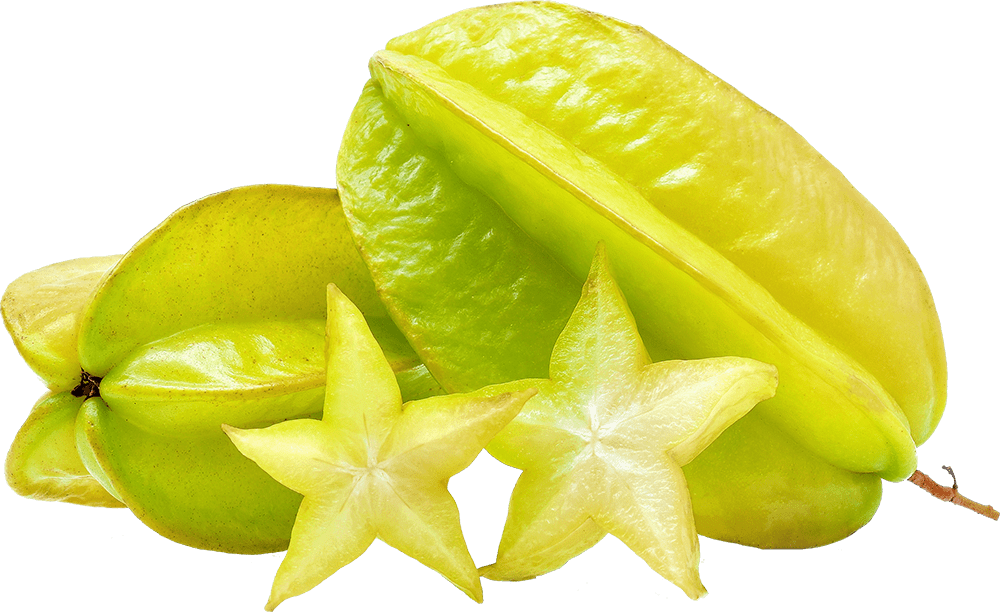
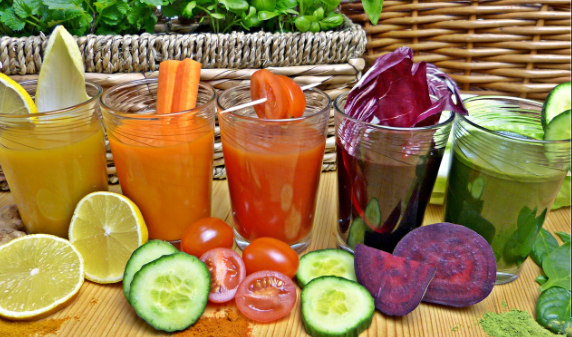
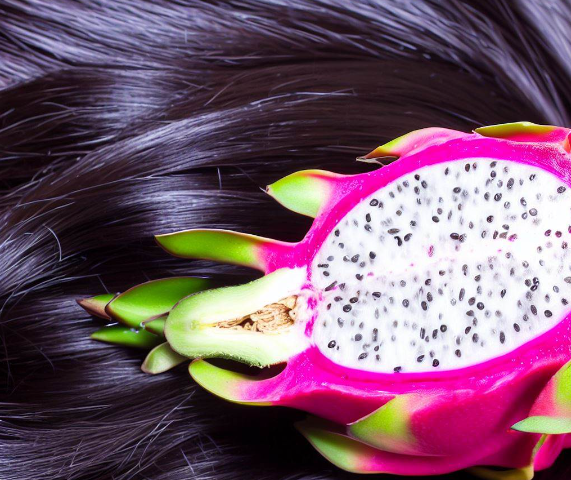
![What Is the National Fruit of Malaysia And Why? [ANSWERED]](https://fruitonix.com/wp-content/uploads/2023/04/What-Is-the-National-Fruit-of-Malaysia-And-Why.jpg)


